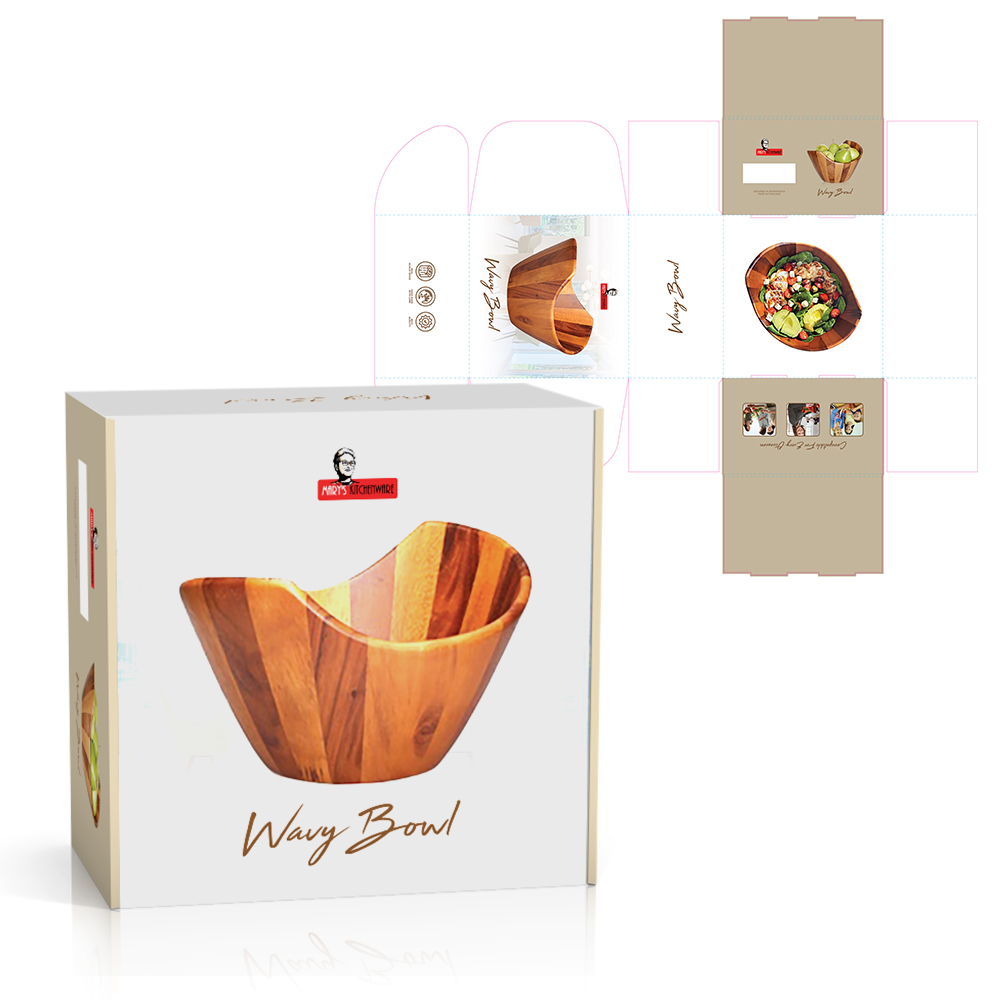The 4 Color Process Printing is a printing method that uses 4 ink colors to print full-color images. The four colors in 4 color process printing are Cyan, Magenta, Yellow, and Black. It is also known as Four Color Printing, 4CP, Full Color Printing, or just Process Printing.
But, the 4 color printing process is mostly referred to as CMYK printing, as the letters in the acronym stand for the colors that will be used in the printing process. Nowadays, it is the most common method in printing books, catalogs, brochures, magazines, packaging, and other full-color print images. All commercial printers use this kind of printing process to print photographs and multicolored designs. Must read about Essential Photoshop Tools. Also, both offset and digital printing use this kind of printing process.
The 4 color process printing put a successive layer of the four colors (CMYK colors) with different concentrations to produce or print a full-color image. In applying separate layers of CMYK colors, it can generate a thousand different colors. The 4 color process printing apply tiny dots of CMYK colors on paper and create a visual effect that is known as full-color printing. When you zoom a printed material produced by 4 color process printing, you will see tiny dots of CMYK colors with different concentrations depending on the color of the actual image.
Are there other options?
Aside from CMYK color mode, there are other kinds of color modes such as RGB and PMS. It is important to understand that CMYK, RGB, and PMS are distinct from each other. The CMYK is the color mode that is used in printing full-color images. The RGB is the color mode that is used desktop monitors, digital cameras and scanners and may be used by large format printers (such as tarpaulins). The acronym RGB stands for Red, Green, and Blue. And, PMS colors or Pantone Matching System colors or also known as Spot colors are specific color formulas that will be reproduced accurately in print. Each PMS color is assigned to a specific standardized number. The PMS colors are premixed while the CMYK and RGB need to mix their colors in order to attain a specific color. Hence, it is also important to understand that there is a big difference between CMYK and RGB. In default, the CMYK uses a white background (papers, blank tarpaulins, etc.) as it is used in printing, while the RGB uses a black or dark background as this color mode is used in computer monitors and scanners.
There are times that a specific color cannot be produced by the 4 color process printing and one of the solutions in this kind of problem is to incorporate a specific PMS color to CMYK colors. This is known as 5-color or 6-color projects. As the name implies, it uses the CMYK colors plus a specific PMS color in order to produce a certain type of color. It is commonly used in things like brand colors or company logo.
It must be noted that you can not use RGB colors for commercially printed outputs. The computer monitor is ideal for viewing RGB color mode. Thus, if you are going to use RGB colors to print full-color images, the final output will not be identical to the image on the computer monitor. There will be slight changes to the shades of color as RGB and CMYK vary from each other. One way to prevent this differentiation in printing is to convert an RGB file to CMYK before printing. Another way is to get help from a Pantone Process Book to see how a color will be printed in the final output.
Creativeblox has helped hundreds of clients with their creative services and projects since 1981. We are a team that specializes in packaging and graphic designs for marketing materials, branding, product packaging, and e-commerce. If you need help with designs for print and packaging, you can send us an email at orders@creativeblox.com.







